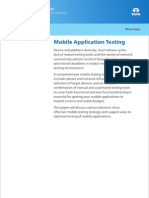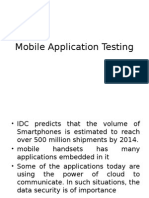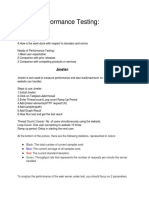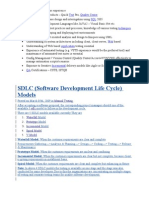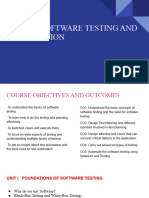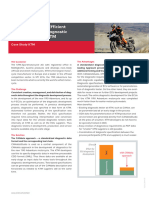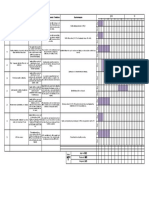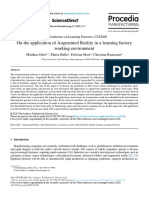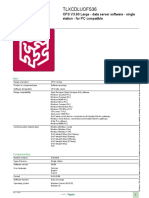0% found this document useful (0 votes)
36 views5 pagesMobile Testing
The document describes an existing mobile testing strategy including unit, sprint, regression and hotfix testing performed by developers and testers. It also covers current and proposed non-functional testing and lists current testing tools.
Uploaded by
anandz12345Copyright
© © All Rights Reserved
We take content rights seriously. If you suspect this is your content, claim it here.
Available Formats
Download as DOCX, PDF, TXT or read online on Scribd
0% found this document useful (0 votes)
36 views5 pagesMobile Testing
The document describes an existing mobile testing strategy including unit, sprint, regression and hotfix testing performed by developers and testers. It also covers current and proposed non-functional testing and lists current testing tools.
Uploaded by
anandz12345Copyright
© © All Rights Reserved
We take content rights seriously. If you suspect this is your content, claim it here.
Available Formats
Download as DOCX, PDF, TXT or read online on Scribd
/ 5






